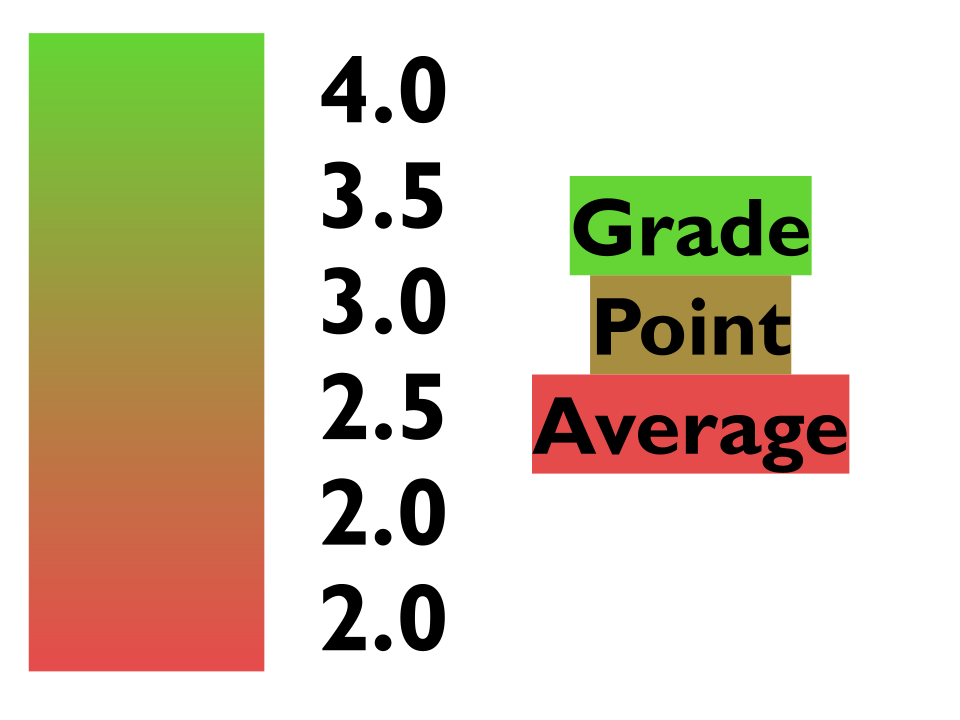MacKenzie Guynn This year, as an introduction to the health of aquatic ecosystems, a few biology classes conducted a series of tests on water collected from the Chicago River. We concluded that the river is high in nitrates and phosphates, ultimately contributing to a deadly state for marine life, a high level of plant life at the surface, among other things. I’ll save a few sentences and just say that the results were not pretty. We have all heard about the horror stories of how previous generations of Chicago treated the river as a disposal for animal carcasses, garbage, and sewage, but we also know about its many clean up projects, such as the reversal of its direction of flow. As many of you know, I row for the Chicago Rowing Foundation, which practices on the North branch of the Chicago River. Based off of my interaction with the river, consisting of 2 hours every day for six days a week, I can safely say that these projects haven’t made a dent. Practice almost always consists of spotting a bloated, rotten, dead fish of some kind floating down the river, a lethargic geese or duck that you accidentally hit with an oar, a break from the foul stench of the rotting garbage in the river, or being splashed with river water then being told to shower immediately when you get home. In addition, we pass the sewage-pumping station at least three times and have witnessed the “bubbles,” a system that pumps some kind of soap into the water in an attempt to clean it, in action. How someone can expect pumping soap into a river to clean it up is beyond me, but so it goes. To be completely honest, our results in biology didn’t give us results that are indicative of these horrendous conditions. The moderate pH, low turbidity, and high levels of nitrates and phosphates didn’t allow us to draw such a vivid image of the river. And maybe I assume conditions are worse than they are because I am overly exposed to it, but the point still stands that the river is polluted and we should probably do something about it. Based on what we learned in biology class, we should focus on eliminating the presence of nitrates and phosphates in the river, which are introduced mainly through urban runoff such as detergents and fertilizers. It would also probably help if we stop dumping soap in the river and basing sewage pumps on its banks. But for now, I’ll just keep showering ASAP after practice. ]]>
Categories:
The Chicago River: A Study
October 1, 2017

0
More to Discover





















































